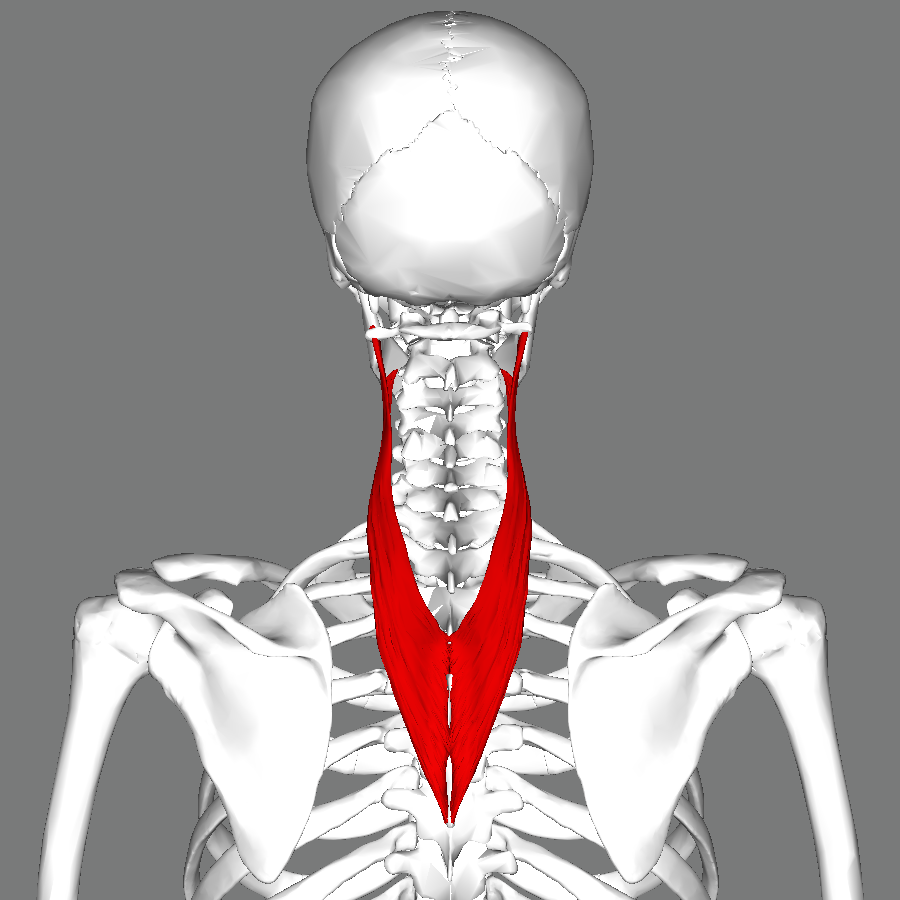What is Lymphangiosclerosis?
Lymphangiosclerosis is a medical condition characterized by the hardening and swelling of the lymph vessels. It can occur in various parts of the body, but it is most commonly associated with the penis and skin. The exact cause of lymphangiosclerosis remains unknown, although it may be triggered by factors such as infection, injury, or tumor growth.
Different Forms of Lymphangiosclerosis
1. Lymphangiosclerosis in the Penis
Lymphangiosclerosis in the penis, also known as sclerosing lymphangitis, is a rare condition in which a lymph vessel connected to a vein in the penis becomes hardened and swollen. This can result in the appearance of a firm, cordlike structure near the head of the penis. It may cause discomfort and affect sexual function.
2. Lymphangiosclerosis in the Skin
Lymphangiosclerosis can also affect the skin, leading to a condition known as sclerosing lymphangitis. In this form, a lymph vessel in the skin becomes swollen and hard, causing visible changes such as redness, swelling, and pain. It is a rare skin condition that can be challenging to diagnose due to its similarity to other skin conditions.
Causes and Risk Factors of Lymphangiosclerosis
The exact cause of lymphangiosclerosis remains unclear. However, several factors may contribute to the development of this condition:
- Infection: Lymphangiosclerosis may be associated with a previous infection that affects the lymphatic system.
- Injury: Trauma or injury to the affected area can trigger lymphangiosclerosis.
- Tumor: In some cases, the presence of a tumor can cause lymphangiosclerosis.
While these factors are known to be
associated with lymphangiosclerosis, it’s important to note that not all cases have a clear identifiable cause. Further research is needed to fully understand the underlying mechanisms.
Symptoms of Lymphangiosclerosis
The symptoms of lymphangiosclerosis can vary depending on the affected area. However, there are some common signs to be aware of:
- Swelling: Swelling is a typical symptom of lymphangiosclerosis. The affected area may appear enlarged or puffy.
- Redness: Inflammation of the lymph vessels can lead to redness or a flushed appearance in the affected region.
- Pain or Discomfort: Many individuals with lymphangiosclerosis experience pain or discomfort in the affected area. This can range from mild to severe.
- Changes in Texture: The hardened lymph vessels may create a firm, cordlike structure that can be felt under the skin.
- Limited Function: Depending on the location of lymphangiosclerosis, it may cause functional limitations. For instance, in the case of penile lymphangiosclerosis, it can affect sexual function and intimacy.
Diagnosing Lymphangiosclerosis
Diagnosing lymphangiosclerosis typically involves a combination of medical history evaluation, physical examination, and diagnostic tests. The healthcare provider may ask about symptoms, perform a thorough examination of the affected area, and order additional tests if necessary. These tests may include:
- Imaging Tests: Imaging techniques such as ultrasound, MRI, or CT scan can provide detailed images of the affected area, helping to identify any abnormalities in the lymph vessels.
- Biopsy: In some cases, a biopsy may be performed to collect a tissue sample from the affected area. This sample can be examined under a microscope to confirm the diagnosis and rule out other conditions.
Treatment Options for Lymphangiosclerosis
The treatment for lymphangiosclerosis aims to manage the symptoms, alleviate discomfort, and improve the quality of life for individuals affected by this condition. The specific treatment approach may vary depending on the location and severity of lymphangiosclerosis. Here are some common treatment options:
- Medications: Nonsteroidal anti-inflammatory drugs (NSAIDs) may be prescribed to help reduce pain and inflammation associated with lymphangiosclerosis. In some cases, antibiotics may be prescribed if there is an underlying infection.
- Compression Therapy: Compression garments or bandages may be recommended to help reduce swelling and improve lymphatic flow.
- Physical Therapy: Physical therapy techniques, such as manual lymphatic drainage, can help promote lymphatic circulation and alleviate symptoms.
- Surgical Interventions: In severe cases or when other treatment options have been ineffective, surgical procedures may be considered. These procedures aim to remove or bypass the affected lymph vessels.
Frequently Asked Questions (FAQs)
1. Can lymphangiosclerosis be cured?
Lymphangiosclerosis is a chronic condition, and currently, there is no known cure. Treatment focuses on managing symptoms and improving quality of life.
2. Is lymphangiosclerosis hereditary?
There is no evidence to suggest that lymphangiosclerosis is a hereditary condition. It is not passed down from parent to child.
3. Can lymphangiosclerosis affect women?
Yes, lymphangiosclerosis can affect both men and women. While it is commonly associated with penile lymph vessels, it can occur in other parts of the body as well.
4. Are there any lifestyle changes that can help manage lymphangiosclerosis?
Maintaining a healthy lifestyle by exercising regularly, following a balanced diet, and avoiding factors that may exacerbate symptoms, such as trauma or infections, can help manage lymphangiosclerosis.
5. Can lymphangiosclerosis lead to complications?
In some cases,
lymphangiosclerosis can lead to complications. These may include recurrent infections in the affected area, persistent swelling and discomfort, and potential limitations in daily activities or sexual function. It is important to seek medical attention and follow the prescribed treatment plan to minimize the risk of complications.
6. Is lymphangiosclerosis a common condition?
No, lymphangiosclerosis is considered a rare condition. It occurs in a small percentage of the population.
Conclusion
Lymphangiosclerosis is a rare condition that affects the lymph vessels in various parts of the body. While it is commonly associated with penile lymph vessels, it can also occur in other areas. The exact cause of lymphangiosclerosis is still unknown, but it may be triggered by factors such as infections, injuries, or tumors. The symptoms can vary but often include swelling, redness, pain, and changes in texture. Diagnosing lymphangiosclerosis involves a combination of medical history evaluation, physical examination, and diagnostic tests. Treatment focuses on managing symptoms and improving quality of life, and it may include medications, compression therapy, physical therapy, or surgical interventions. While there is no cure for lymphangiosclerosis, with proper management and care, individuals affected by this condition can lead fulfilling lives. It is important to consult a healthcare professional for an accurate diagnosis and personalized treatment plan.
Image Credit: BlurryMe/ Shutterstock.com











